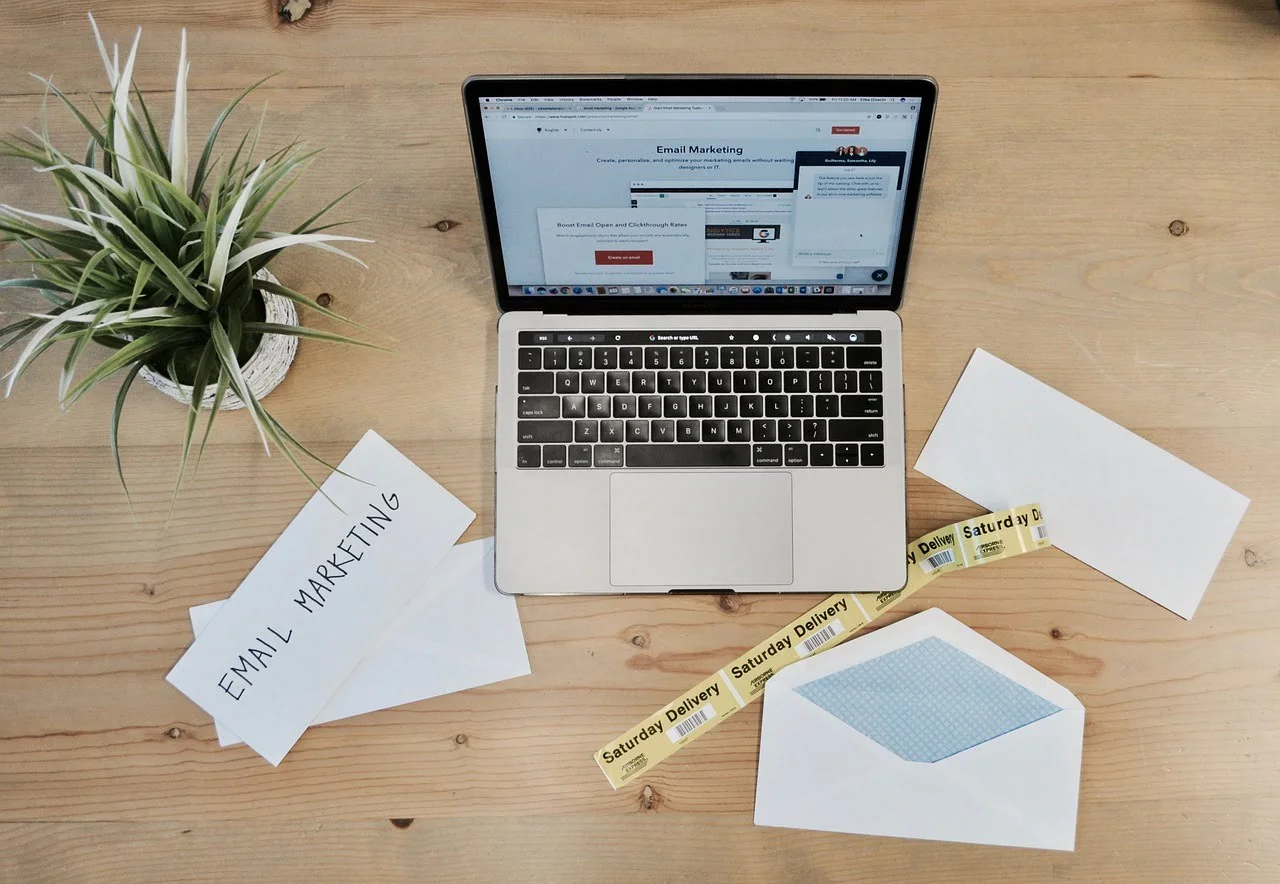Email Marketing: the unsung hero of digital marketing strategies. Ready to revolutionize the way you connect with your audience? In this step-by-step guide, we’re diving deep into the world of email marketing to show you how to craft campaigns that convert like crazy. Say goodbye to low open rates and hello to skyrocketing engagement and sales. Get ready to unleash the power of email and watch your business soar to new heights.
Introduction
Email Marketing has long been hailed as one of the most effective tools in the digital marketer’s arsenal. It’s like the Swiss Army knife of online promotion—versatile, powerful, and when used correctly, incredibly effective. But like any tool, mastering it requires a strategic approach. In this comprehensive guide, we’ll walk through the step-by-step process of creating an email marketing campaign that not only grabs attention but also drives results.
Understanding the Basics
Before diving into the nitty-gritty of crafting an email marketing campaign, let’s ensure we’re all on the same page about what email marketing entails. At its core, email marketing involves sending commercial messages to a group of people via email. These messages could be anything from promotional offers and product updates to newsletters and event invitations.
Step 1: Define Your Goals
Like any marketing endeavour, a successful email campaign starts with a clear set of objectives. Ask yourself: What do I hope to achieve with this campaign? Are you aiming to increase sales, boost website traffic, or simply engage with your audience on a deeper level? Defining your goals upfront will not only guide the direction of your campaign but also provide benchmarks for measuring its success later on.
Step 2: Know Your Audience
Next up, it’s time to get to know your audience inside and out. Understanding who you’re talking to will inform every aspect of your email marketing strategy, from the tone and content of your messages to the timing of your sends. Take the time to segment your email list based on factors like demographics, purchase history, and engagement levels. The more tailored your messages are to the individual recipient, the more effective they’ll be.
Step 3: Build Your Email List
Now that you know who you’re targeting, it’s time to build your email list. There are a variety of ways to do this, from collecting email addresses on your website and social media channels to incentivizing sign-ups with special offers or gated content. Whatever method you choose, make sure it complies with relevant privacy regulations like GDPR or CAN-SPAM.
Step 4: Craft Compelling Content
With your audience and goals in mind, it’s time to start crafting the content of your emails. Whether you’re sending a promotional offer, a newsletter, or a personalized recommendation, make sure your message is relevant, valuable, and engaging. Use compelling subject lines to grab attention, and keep your copy concise and to the point. And don’t forget to include a clear call-to-action that tells recipients what you want them to do next.
Step 5: Design Your Email
Once you’ve nailed down the content, it’s time to think about the design of your emails. Your goal here is to create a visually appealing layout that reinforces your brand identity and guides the recipient’s eye toward your call-to-action. Keep your design clean and uncluttered, and make sure your emails are optimized for mobile devices, as more and more people are checking their email on smartphones and tablets.
Step 6: Test and Iterate
Before hitting send on your email campaign, it’s crucial to test it out to ensure everything looks and functions as intended. Send test emails to yourself and colleagues, and use A/B testing to experiment with different subject lines, send times, and content variations. And remember, email marketing is an iterative process—don’t be afraid to analyze the results of your campaigns and make adjustments based on what’s working and what’s not.
Step 7: Monitor and Measure
Once your email campaign is live, the work isn’t over yet. Keep a close eye on key metrics like open rates, click-through rates, and conversion rates to gauge the success of your campaign. Use this data to identify areas for improvement and refine your approach moving forward. And don’t forget to celebrate your successes along the way!
Conclusion
Email marketing may not be the newest kid on the block, but when done right, it remains one of the most powerful tools in the digital marketer’s toolkit. By following the step-by-step guide outlined above, you’ll be well-equipped to create email campaigns that not only capture attention but also drive real results for your business. So go ahead, craft that killer subject line, design that eye-catching layout, and hit send with confidence. Your audience is waiting.
FAQs on Email Marketing
What is Email Marketing?
Email marketing is a digital marketing strategy that involves sending commercial messages to a group of people via email. These messages could include promotional offers, newsletters, product updates, and more. It’s a powerful tool for engaging with your audience and driving business results.
Why is Email Marketing Important?
Email marketing is important because it allows businesses to directly communicate with their audience in a personalized and targeted way. Unlike social media or other marketing channels, email provides a direct line of communication to your customers’ inboxes, where they are more likely to see and engage with your messages.
How Can I Start with Email Marketing?
To start with email marketing, you’ll need to first build an email list of subscribers who have opted in to receive your messages. Then, choose an email marketing platform to manage your campaigns, create compelling content, design visually appealing emails, and track your results to optimize your strategy over time.
What Are the Benefits of Email Marketing?
The benefits of email marketing include increased brand awareness, customer engagement, and sales conversions. Email allows you to reach your audience directly, personalize your messages, and track metrics to measure the success of your campaigns. It’s also a cost-effective way to communicate with your audience compared to traditional marketing channels.
How Can I Measure the Success of my Email Marketing Campaigns?
Measure the success of your email marketing campaigns by tracking key metrics such as open rates, click-through rates, conversion rates, and overall ROI. Use an email marketing platform to analyze your data and identify areas for improvement, then iterate on your strategy to optimize your results over time.



